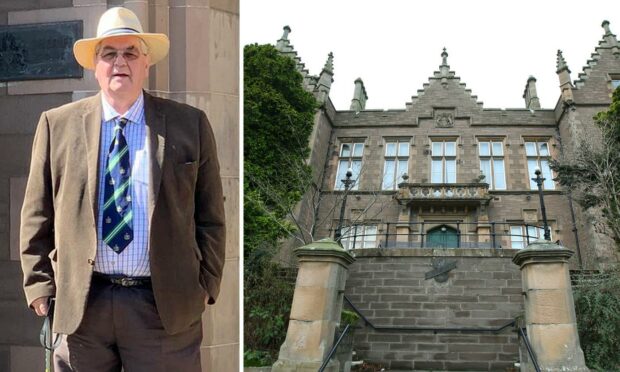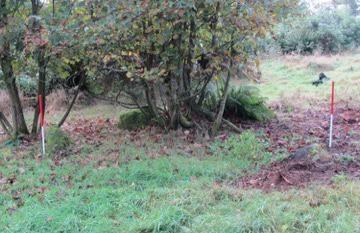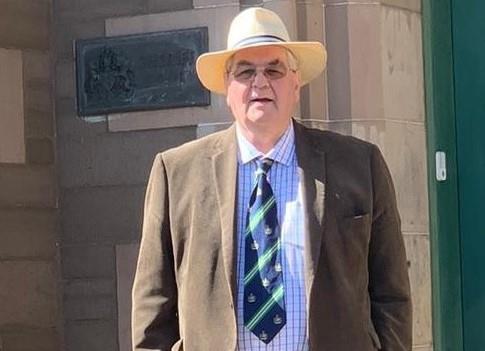A farmer has been acquitted of allegations he was at fault for damage caused to ancient stone circles in Angus during a tree-felling project on his land.
Landowner Andrew Simpson was found not guilty of four charges alleging he was to blame for damage caused to registered stone circles at Baldovie Wood, near Kirriemuir.
Prosecutors had alleged that he caused damage to two stone circles and three monoliths with mechanical works and then tried to repair it by replacing the stones after being told he should not do so.
At Forfar Sheriff Court, grain and Aberdeen-Angus beef farmer Simpson was found not guilty of all charges, which date back to contracted work carried out between December 1 2018 and February 18 2019, by Sheriff Jillian Martin-Brown.
Stones uprooted
The 82-year-old had accepted the stones had been damaged but explained he had gone to the furthest lengths possible to protect them.
Having bought the 430-acre Greenmyre Farm in July 2016, Simpson later applied for a tree-felling licence from the Forestry Commission.
He was given a map which highlighted two protected stone circles.
This matched a conveyancing email he had received upon purchasing the land, which gave rough locations for the circles.
He explained that before work began, he visited the site and identified what he thought were the stones.
He marked 20-metre buffer zones around them so his employees would not disturb them.
However, the stones Simpson picked out were not the protected artefacts.
The charge alleged one stones was pulled from its original position and the other completely removed.
Ancient stones
The two stone circles and three monoliths at the site are thought to date from the late Neolithic or Bronze Age, the late third or second millennium BC.
The monument is recorded by Historic Environment Scotland and was first scheduled in 1937 in a site described as having high archaeological potential in the prehistoric landscape of Strathmore.
It was revealed in court the three monoliths were not on Simpson’s land.
The court was told one of the two stone circles had a tree growing out of it and the other was partially underground.
These stones were disturbed during the work.
Steps taken
Simpson, whose business is headquartered at Parbroath Farm near Cupar, explained he has 50 years experience in farming and has worked in Australia.
Giving evidence, Simpson, of Blacklunans in northeast Perthshire, told his solicitor Brian Bell he has 10 farms across Scotland and welcomes thousands of visitors to his chalet accommodation each year.
He said tourists are drawn towards historic points of interest.
“Anything, a point of interest today, makes a farmer money.
“We do what we can to enhance and protect monuments.
“I applied for a felling licence.
“The wood had reached a stage of maturity and it needed to be opened out for the forest floor, so people can see flora and fauna that grows there.
“On this particular occasion, Mike (Strachan, Forestry Commission Scotland operations officer) gave me a map and said, “these are protected monuments.
“He said don’t go anywhere near that.
“We marked posts 20-metres around monuments so that we were aware we didn’t need to go there.
“There was two large stones sticking out the ground, probably three feet or a metre, and they looked like historic stones.
“I took it that that was the two monuments.”
Not guilty
Simpson was also alleged to have caused further damage without reasonable excuse after instructing the backfilling of the track between February 19 and April 15 in 2019, having been advised not to carry out further works.
He was also acquitted of this charge
Sheriff Martin-Brown said: “It is clear to me that Mr Simpson did not act recklessly.
“He applied for a licence and got a map from the Forestry Commission.
“The fact that he misidentified the stones was not because he was reckless.
“He identified stones that appeared relatively prominent.”
Speaking after the trial, Simpson explained he could have faced up to a £50,000 fine if convicted.
“This is a case which should never have been prosecuted,” he told The Courier.
“This is quite an important case.”












